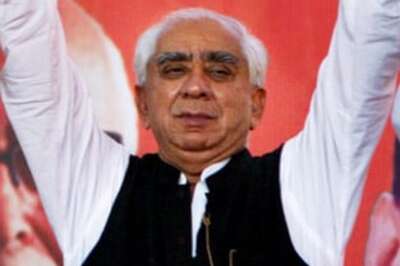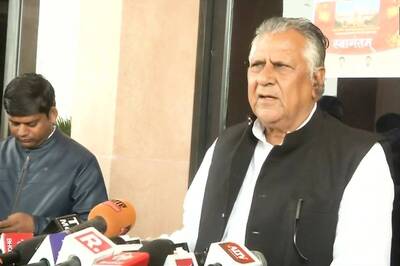
views
The first Asian to win the Nobel Prize for Physics in 1930, Sir Chandrashekhara Venkata Raman was born on November 7, 1888. The man who discovered that when light traverses a transparent material, some of the deflected light changes wavelength and amplitude, which subsequently came to be known as Raman scattering and the process, the Raman Effect, was born in Trichy. He passed away on November 21, 1970.
On the noted physicist's 131st birth anniversary, here's looking at a few interesting facts about the Nobel laureate.
1. CV Raman passed matriculation at the age 11 and the FA examination with a scholarship at age 13.
2. In 1917, he resigned from government service after he was appointed as the first Palit Professor of Physics at the University of Calcutta.
3. During this period he continued doing research at the Indian Association for the Cultivation of Science (IACS) in Calcutta.
4. In 1926, he established the Indian Journal of Physics as was its first editor. In fact, it was the second volume of the journal that published the discovery of the Raman Effect in the article A New Radiation.
5. In 1928, he discovered the evidence of the quantum nature of light, which came to be known as Raman Effect. February 28, the day of the discovery, has since then been celebrated as National Science Day in India.
6. Dr Ernest Rutherford, the man who discovered the nucleus and the proton, referred to Raman's spectroscopy in his presidential address to the Royal Society in 1929. Raman received a knighthood from them as well.
7. In 1932, Raman, along with Suri Bhagavantam, discovered the quantum photon spin.
8. Raman also worked on the acoustics of musical instruments and was also the first to investigate the harmonic nature of the sounds of Indian drums.
9. Raman was the paternal uncle of Subhramanyan Chandrasekhar, who won the Nobel Prize in Physics in 1983 for his discovery of the Chandrasekhar limit in 1931.
10. He was awarded a Bharat Ratna in 1954.



















Comments
0 comment